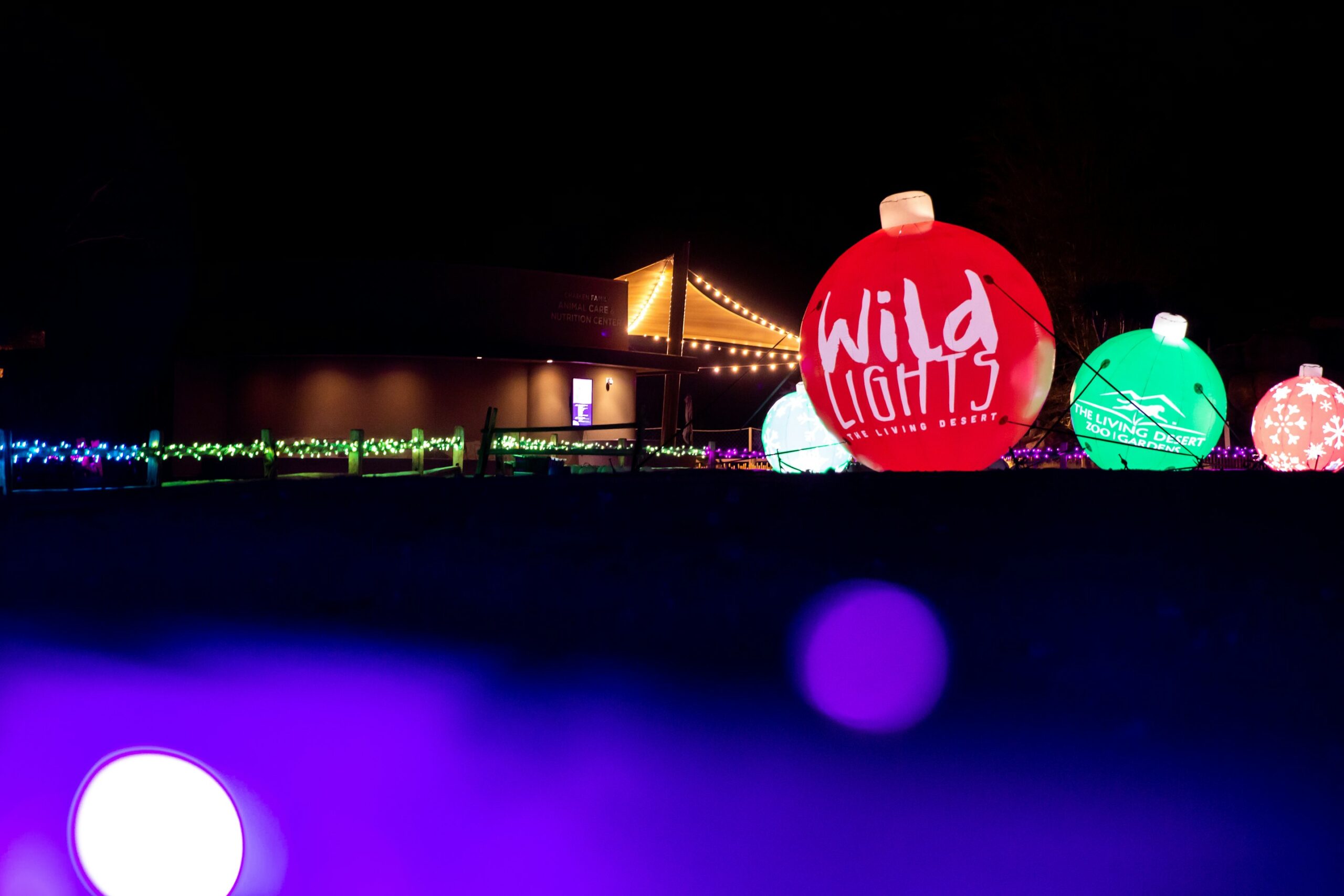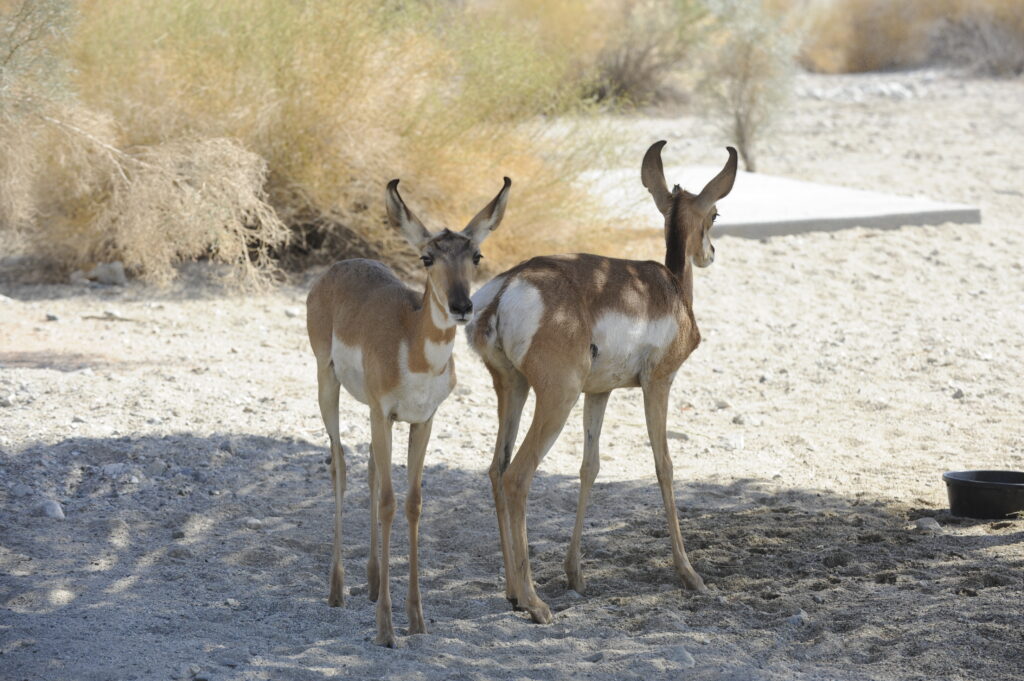By: Dr. Luis Ramirez Yanez, Curator of Conservation
The Sonoran pronghorn, often called the “desert ghost,” is a rare and remarkable animal found in the hot, dry deserts of the southwestern United States and northern Mexico. Another subspecies, the Peninsular pronghorn, once called California home. The Sonoran pronghorn earned its nickname because of how easily it disappears into the desert landscape, thanks to its light tan color and incredible speed. Adapted to survive in the harsh conditions of the Sonoran Desert, where temperatures soar and water is scarce, this pronghorn has evolved remarkable survival skills.
Capable of reaching speeds up to 60 miles per hour, the Sonoran pronghorn’s speed is believed to have evolved as a defense against two different species of cheetahs that once roamed North America. Despite their impressive speed, the Sonoran pronghorn is an endangered species, with fewer than 30 individuals remaining in the wild at one point. Thanks to ongoing conservation efforts, their numbers are slowly recovering, but they still need protection to thrive. The Living Desert Zoo is partnering with governments and NGOs to help reintroduce them to California in the near future.
One of the most impressive traits of the Sonoran pronghorn is its ability to survive with little water, a crucial adaptation for desert life. It obtains most of its moisture from the plants it eats, like cacti and shrubs, and its kidneys can concentrate urine to reduce water loss. Conservation efforts include breeding programs and habitat restoration in both the U.S. and Mexico, which have helped boost the population. However, the species still faces significant threats, including climate change and drought. The Sonoran pronghorn is a symbol of desert resilience, and efforts to protect it are part of a broader mission to safeguard the fragile desert ecosystem.





